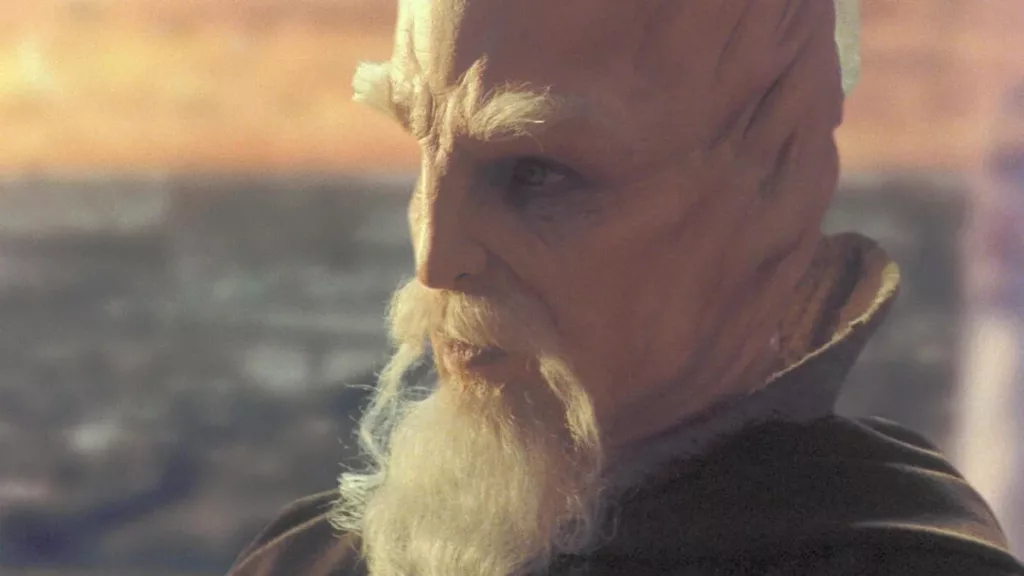The release of “The Acolyte,” the latest addition to the Star Wars universe on Disney+, has ignited a heated debate among fans and critics about the franchise’s visual identity and storytelling direction. Set 100 years before the Skywalker saga, the series promises to explore new territory in the Star Wars timeline, but it has also become a focal point for discussions about the franchise’s transition from big-screen spectacles to streaming content.
“The Acolyte” introduces intriguing elements to the Star Wars canon, including a younger version of Jedi Master Ki-Adi-Mundi and a plot revolving around a mysterious dark side user. However, some viewers and critics argue that the series, like other recent Star Wars TV productions, lacks the visual splendor and memorable set pieces that defined the franchise’s cinematic outings.
One theory gaining traction suggests that Ki-Adi-Mundi’s appearance in “The Acolyte” might contradict his statements in “The Phantom Menace” about the Sith being extinct for a millennium. This has led to speculation about potential cover-ups within the Jedi Order or discrepancies in the franchise’s internal timeline.
Critics of the new direction, exemplified by publications like The Atlantic, argue that Star Wars has “lost its sense of spectacle” in its transition to streaming platforms. They point to iconic moments from the films – such as the Death Star trench run or the Mustafar duel in “Revenge of the Sith” – as examples of the visual grandeur that seems absent from recent TV offerings.
The use of new technologies like StageCraft (also known as “The Volume”) in Star Wars productions has been a point of contention. While innovative, some argue that this technology has led to a flatter, less immersive visual style compared to the rich environments of previous Star Wars entries.
Defenders of the new approach contend that series like “The Acolyte” are expanding the narrative scope of Star Wars, offering deeper character development and exploring complex themes that might not fit into a two-hour film format. They argue that the franchise is evolving to meet changing audience expectations and the demands of long-form storytelling.
The debate also touches on broader questions about the future of Star Wars. With Disney heavily investing in streaming content, some fans worry that the epic scale and groundbreaking visual effects that made Star Wars a cinematic landmark may be compromised.
However, not all recent Star Wars TV productions have faced such criticism. “Andor,” for instance, has been praised for both its storytelling and visual style, suggesting that it is possible to create compelling Star Wars content for the small screen without sacrificing visual quality.
As “The Acolyte” continues to unfold, it remains to be seen how it will balance the needs of episodic storytelling with the visual expectations set by decades of Star Wars films. The series represents a crucial test for the franchise as it navigates the streaming era, attempting to attract new viewers while satisfying long-time fans.
The discussion surrounding “The Acolyte” and Star Wars’ visual identity reflects larger industry trends as more franchises shift towards streaming platforms. It raises important questions about how beloved properties can evolve while maintaining the core elements that made them successful.
As the Star Wars universe continues to expand on Disney+, the challenge for creators will be to find innovative ways to capture the magic and spectacle that have defined the franchise for generations, while also pushing the boundaries of storytelling in this new medium.
